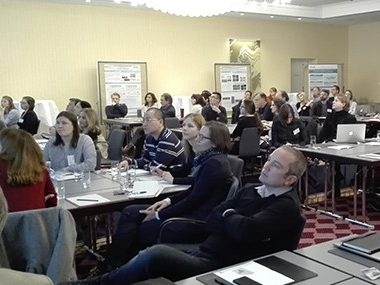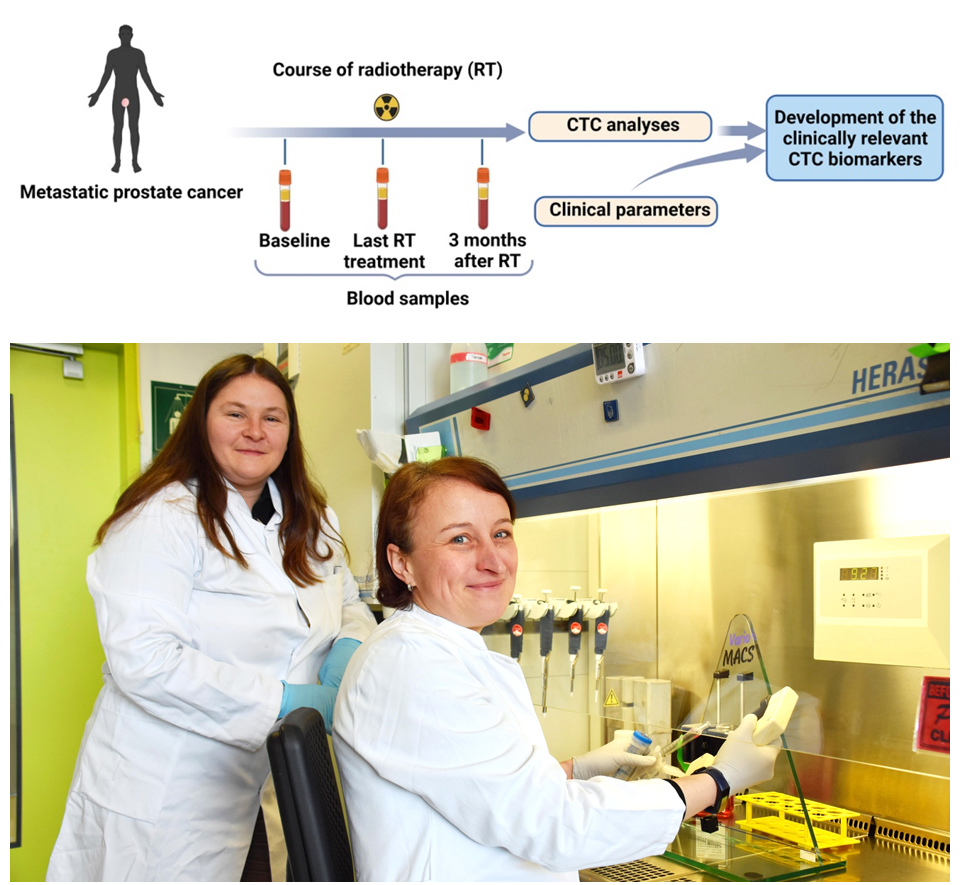Dr. Abdullah Alajati is one of the Project Leaders of our µBone Project (1) “Deciphering the role of CDCP1 for priming the bone metastatic niche in prostate cancer“ and Group Leader at University Hospital Bonn.
How did you get to research in this area?
Over the past two decades, the receptor CUB domain-containing protein 1 (CDCP1), has emerged as a potential therapeutic target for many cancer types and it can be considered as a rising start among new therapeutic targets in the field of cancer. The interest on CDCP1 started many years back when we saw the CDCP1 was highly phosphorylated in unbiased protein–tyrosine profiling in metastatic HER2-driven breast cancer cell line. In the last 10 years, we have made very important findings describing the oncogenic role of CDCP1 in breast and prostate cancer. We have also developed a novel transgenic mouse model of CDCP1 that not only develops invasive prostate cancer, but also distant metastasis to lymph-node and lungs. Yet, the presence of bone metastasis is not investigated. This mouse model presets a unique opportunity to study the kinetic of bone metastasis development in prostate cancer and how bone metastatic niche can play critical role of metastasis.
What are you currently doing?
Currently, we investigate the role of CDCP1 on bone metastasis initiation and formation, using our transgenic mouse model. In addition, we are generating a prostate cancer cell line from the mouse model, to be able to perform functional assays and in vivo experiments. Our final goal is to try to develop a strategy for inhibiting bone metastasis or to maintain patients with bone metastasis in palliative care. To do so, we have already started generating nanobodies specific for CDCP1 from immunized alpacas, that will be tested in vivo to mice that will have been injected with the prostate cancer cell line.
Furthermore, we have already established all the FACS panels desired for our study and have applied the first analysis on our transgenic mouse models. We have obtained very interesting preliminary results regarding the metastatic potential of tumor cells in the bone marrow in early stages of the disease, and how this infiltration regulates other cell types of this microenvironment.
Why do you do what you do? What is the fascination in your job?
Bone metastases are associated with poor prognosis, bone pain, skeletal fractures and indicate the incurability of disease in most cases. The bone marrow niche, with its unique environment, is critical for all major steps of metastasis, including the seeding of disseminated tumor cells to the bone, the survival of dormant microscopic metastases and the eventual outgrowth of overt metastases.
Thank you, Dr. Alajati!




